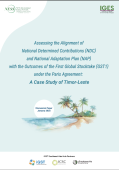
This assessment takes a look at the country’s Nationally Determined Contributions and National Adaptation Plan against the outcomes of the first Global Stocktake.
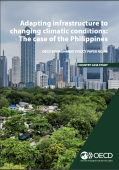
This policy paper presents findings carried out in the Philippines on mainstreaming climate resilience in infrastructure planning and development.
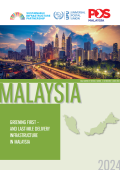
The case study focuses on Malaysia’s strategic efforts to integrate sustainable practices into its logistics and e-commerce infrastructure, highlighting the operations of Pos Malaysia, the country’s leading parcel service provider.

The case study details the innovative approaches taken by Bogotá, Colombia, to address the challenges of urbanization, congestion, and pollution through data-driven strategies for sustainable infrastructure.
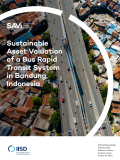
This report presents the economic valuation of a planned bus-rapid transit system in Bandung, Indonesia, including investment costs, added benefits and avoided costs.

This case study was conducted to establish an inventory of different persistent organic pollutants (POPs) present in the transport sector in Nigeria, and dynamic substance flow analysis of major POPs following the provisions of the Polybrominated Diphenyl Ethers (PBDE) inventory guidance.

This study investigates the current and potential barriers to increasing the supply and demand of green finance, and its accessibility to the industrial sector in Jordan.

The case study details the use of the SOURCE platform to strengthen Ukraine's capacity for sustainable infrastructure.

The case study details Ghana's efforts to strengthen the enabling environment to plan, deliver and manage their infrastructure systems to be climate-resilient using the Infrastructure life cycle assessment tool CAT-I.
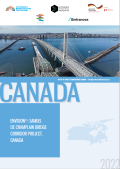
The case study details the Samuel De Champlain Bridge Corridor Project which received the Envision Platinum Award for its Sustainability Performance.
